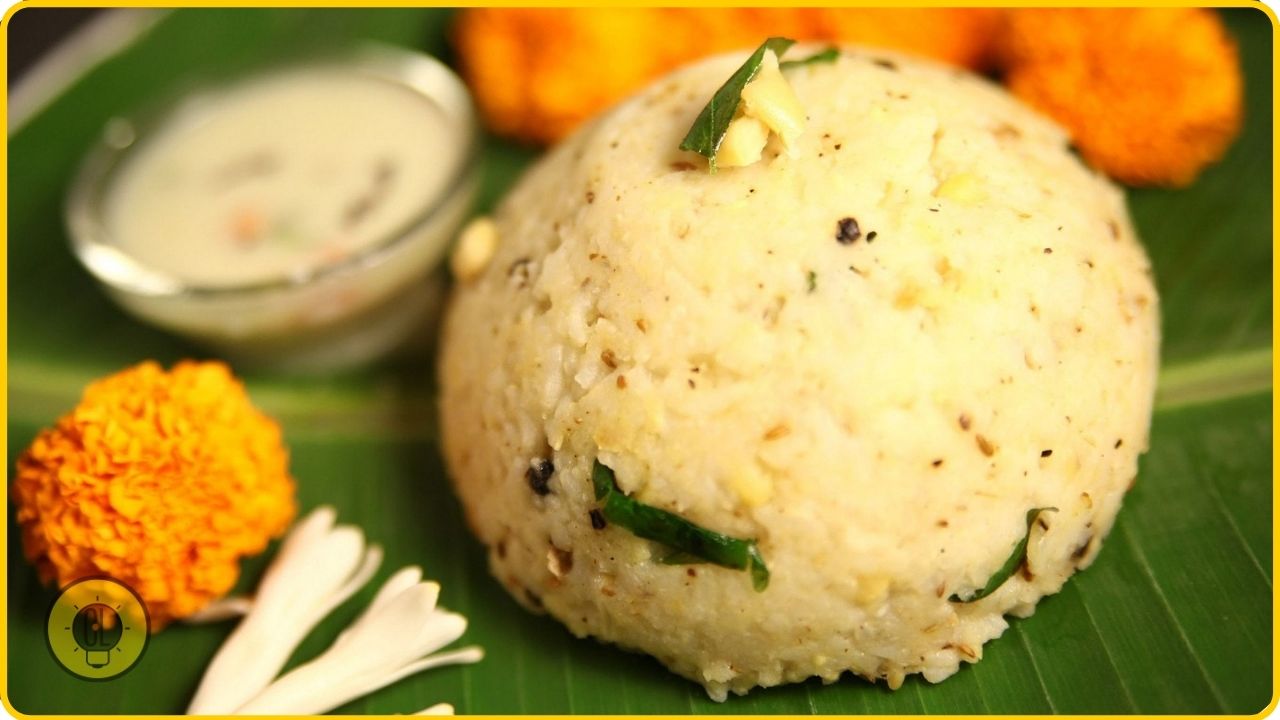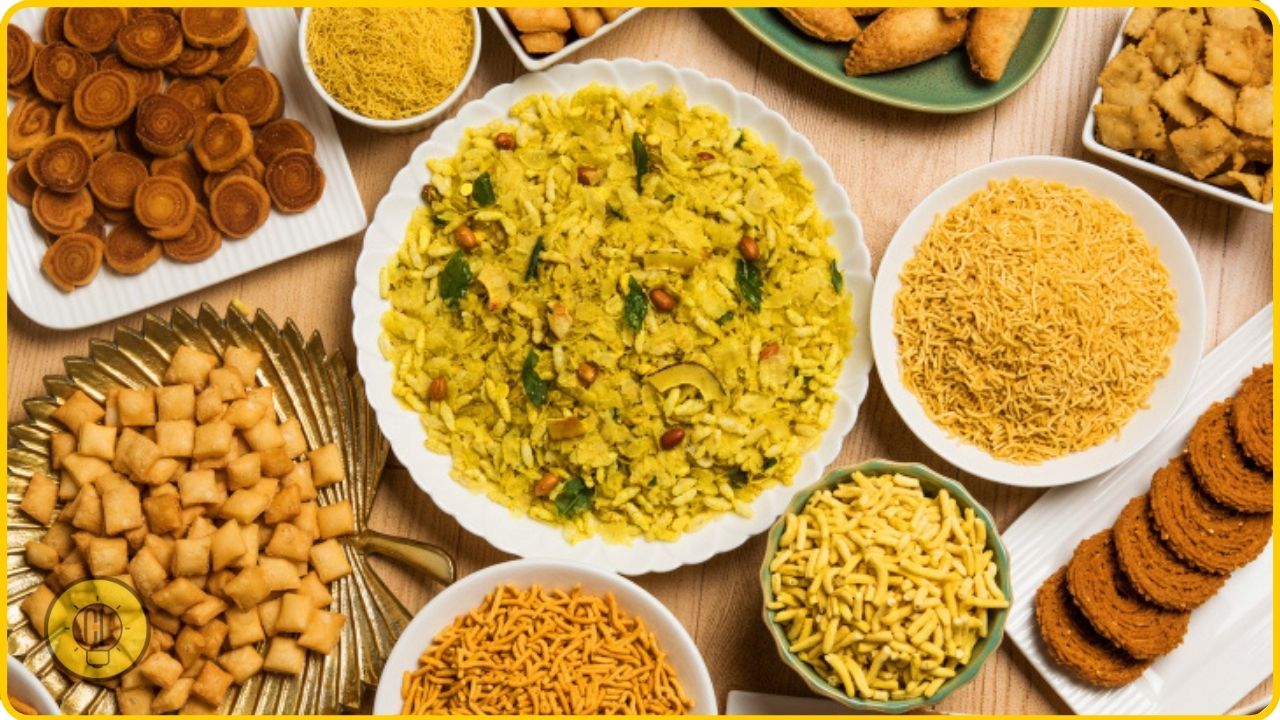Many people associate Indian cuisine with the wealth of spices, distinctive taste and aroma, and spicy dishes. However, it is worth remembering that India is a huge country whose population has already exceeded 1.2 billion people of different cultures, traditions, religions, and even languages. There are 300 different languages in India, 22 of which have the status of the country’s official language.
This diversity is also visible in traditional cuisine. In the south of the country, vegetarian dishes based on legume seeds and rice dominate. They are often spicier, and coconut milk is used to prepare them. In the north, on the other hand, meat dishes (chicken, lamb, goat) in heavy sauces served with wheat pancakes are more popular. This is where the most popular Indian dish in the world comes from – curry.
Traditional Indian Breakfast
Most often, breakfast consists of soup or dahl, thick sauces, and a carbohydrate addition – in the south of India, these are usually idli, dosa, or uttapam. Wheat bread is more common in the north.
The most frequently chosen soup is sambar, which is prepared from lentils and tamarind fruit. The rest of the extras vary by region. Sauces (chutneys) are prepared on the basis of vegetables, fruit, nuts, and many spices. The most popular ones are tomato, coconut, onion, coriander, mint, and peanut, but the possibilities here are practically endless.
Idli, dosa, uttapam combined rice, Paratha, Puttu, Vada, Upma, Puri, Omelete and scrambled eggs, Sali par Edu, Poha, Pongal, Kheer are among major breakfast delicacies. Their preparation is simple but time-consuming. For some of the dishes, lentils and legumes (often with spices, such as fenugreek), are soaked for at least 4 hours. Then they are ground with soaked rice or rice flour until a thick mass with fine lumps is obtained. This mass is left for fermentation at 25-30 degrees C for over 12 hours.
So how these individual dishes are made? Let’s know what these tasty delicacies look like and learn to make them at home.
1. Traditional Indian Breakfast Dishes: Idli

delicate, fluffy bun-shaped dumplings, reminiscent of Polish dumplings. Traditionally, they are made from fermented rice and white lentils, which gives them a slightly sour taste. They are served with side dishes for breakfast and are often eaten without additives as a snack during the day. Idli is steamed in a special vessel that gives the dumplings their characteristic shape.
There are also more modern proposals, e.g. idli made of oat flour or stuffed with additives.
2. Dosa From South India

The equivalent of thin pancakes is prepared from a mass of fermented rice and black lentils. The original dosa may surprise tourists with its size, as it traditionally reaches up to 50 cm. Simple dosa has a neutral, slightly sour taste. It is often served with a filling, such as a potato with spicy spices (masala dosa). In addition, you can try dosas with ghee, spinach, egg, cheese, and even served sweet.
3. Uttapam: A Type of Dosa

A thick pancake or pancake made of fermented soaked rice and lentils (originally black, but nowadays other types are also used), often also chickpeas. It is a bit like a pizzeria. The dough is poured over a preheated pan and various ingredients are added, most often onions, tomatoes, peppers, or mushrooms. Uttapam is often served with yogurt.
In addition to these three South Indian dishes, the following dishes are also popular.
4. Puttu: From Kerala & Tamil Nadu

Cylindrical rolls made of rice flour and steamed coconut. Originally they were formed in a bamboo tube, today a special vessel is used for this. They can be served traditionally with sambar, chutney, or curry (most often Kadala curry with chickpeas), but there are also sweet versions – with palm sugar or banana. Puttu can also be stuffed.
5. Vada: The Savory Doughnut

Fried savory snacks. They resemble dumplings, donuts, donuts, chips, or pies. Very diverse, prepared from many different ingredients, e.g. chickpeas, lentils, beans, peas, potatoes, meat, with the addition of onion, garlic, spinach. They are eagerly eaten not only for breakfast (as an addition to soup and sauces) but also as snacks (sold on the street at special stalls).
6. Upma: From Andhra Pardesh

Cooked, previously toasted semolina served salty or less often sweet (then most often with banana and honey). Semolina is also sometimes turned into oats (popular porridge).
7. Puri: Deep-fat Hollow Delicacy

A type of bread made of wheat flour. Dough balls are greased with ghee, lightly rolled, and deep-fried, making them swell and become fluffy inside.
8. Indian Breakfast Dishes: Paratha

Similar to puri, but prepared from wholemeal flour and formed into flat cakes. Some people are able to properly fold the dough into an accordion, roll it into a rolling pin and roll it out. This allows the bread to stratify after frying.
9. Omelets and scrambled eggs

These are also popular dishes in Indian cuisine, but they are much more seasoned. Coriander or mint leaves, garlic, ginger root, or turmeric are often added to the eggs.
10. Sali Par Eedu: Another Parsi Dish

This is the Parish version of the popular shakshouka. The main difference is the addition of potatoes, which are cut into thin strips and fried, and then tomatoes, onions, spices (e.g. fresh parsley) are added to them, and eggs are beaten in the end.
11. Indian Breakfast Dishes: Poha

Steamed, flattened rice that either requires a very short cooking time or is immediately ready to eat. Served with additions such as onion, potatoes, tomatoes, red beans, and various spices such as a bay leaf.
12. Indian Breakfast Dishes: Pongal or Huggi

Cooked dry rice is usually eaten for breakfast. Often served with mung beans, green peas, and cashew nuts. The sweet version is also popular – with milk, raisins, and cardamom. This dish is traditionally eaten during the harvest festival.
13. Kheer: The King Desert

Rice pudding is based on cow’s milk or coconut milk, most often with ghee. Always served sweet, both cold and hot – with nuts, dried fruits, and aromatic spices, such as cardamom and saffron.
You may also like: 10 Healthy Breakfast Recipes, Yummy and Super Simple
Is Indian Cousine Healthy?
Indian cuisine is generally considered healthy and in line with the principles of a healthy diet. It is based on unprocessed products and fresh vegetables. Legume seeds and nuts are commonly used. Traditional dishes are also correctly composed. Each of them contains a carbohydrate addition – most often rice, cake, or bread.
The art of using spices is also associated with Indian cuisine. The most popular are turmeric, cinnamon, cardamom, cumin, coriander, cloves, chili, ginger, pepper, mustard, and nutmeg. The belief in their pro-health properties, in line with the principles of Ayurveda, is now also confirmed by scientific research.
India consumes significantly less meat than elsewhere in the world, and a large percentage of the population (20–40%) are vegetarians. Milk and dairy products are eaten, but most often in the form of raw or in the form of yogurt. In India, the fermentation process is used on a daily basis. This makes meals easy to digest and nutrients, incl. proteins, better digestible.
However, be careful with a large number of fried foods, especially those in deep fat. In India, large amounts of sugar are also used, incl. to prepare popular desserts. You can also sweeten coffee, tea, and even fruit juices.
